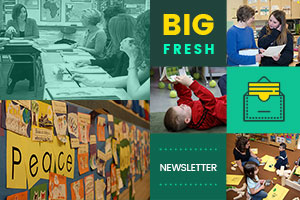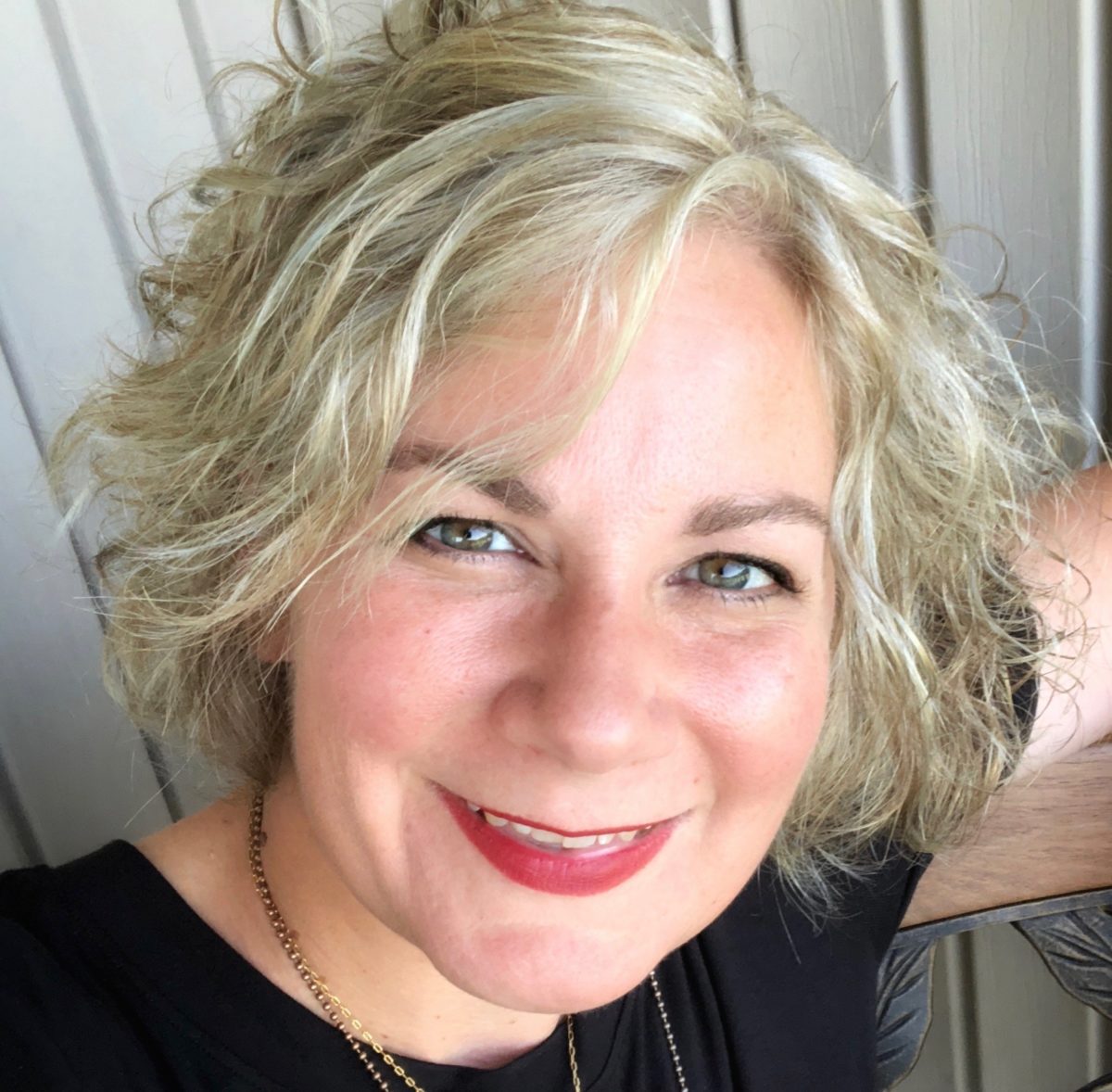Too often we underestimate the power of a touch, a smile, a kind word, a listening ear, an honest compliment, or the smallest act of caring, all of which have the potential to turn a life around.
—Leo Buscaglia
Rosie’s Bucket List
Circa 2017
Rosie was my son’s bearded dragon. She was old, and she died. Sam, being sentimental even as a fifth grader, insisted that the entire family gather in the backyard for Rosie’s burial and eulogy.
After she was buried, Sam said, “I have a few words to say.” (Bless his older siblings for remaining somber.) Sam took a deep breath, unfolded a paper with his handwritten notes, and delivered a very serious bearded dragon eulogy:
Rosie lived a good life, completing almost her entire bucket list. She went for a ride on a race car and even drifted in Hallway Speedway. She surfed warm waves on her customized surfboard in Bathtub Bay. She jumped on the Trampoline Tavern. Her last day was spent taking a walk in the sunshine, reading books, and watching the world go by from the rocker on the front porch. Let us all live like Rosie, with some adventure and lots of time with those who matter most.
Sam blinked back tears, and we stood in silence. Then Jordan clapped, and one by one, each of us joined in applause. There we stood in the moonlight on a school night, clapping around a dead lizard’s grave. “Thanks, guys,” Sam said, and he hugged each of us as a conclusion to the funeral.
It was a bizarre experience, and one that I recently remembered when I was going through a box of ephemera and found Sam’s handwritten eulogy notes for Rosie. On the back of Sam’s notes, I added a sticky note that said, “We need more of this.” My handwriting gave me pause; certainly, I didn’t mean that we should have more moonlit lizard funerals.
Rather, I think I meant that we need to pay attention to each other a little more and become aware of the things that are important to those around us. It doesn’t take long, and the only requirement is a willingness to listen. Our classrooms are filled with kids who lose pets, hit home runs, and finish a new favorite book. Let’s take the time to pay attention to what matters most—listening and uplifting the things that matter to others. This week we focus on protecting opportunities for choice and inquiry—plus more, as always.
Shine on,
Ruth Ayres
Editor in. Chief

Tara Barnett and Kate Mills offer practical and engaging choices to students when reading a teacher-selected whole-class text. Download the reading choices survey and a sample pacing calendar to offer your students more choice during a whole-class read.
Ruth Ayres challenges us to be more open to the books that live in our secondary classroom libraries. She contends that committing to supporting choice in independent reading means rethinking some of the restrictions we put on adolescent readers.

New members-only content is added each week to the Choice Literacy website. If you’re not yet a member, click here to explore membership options.
As curriculum shifts in our buildings to feeling more structured, Kate Mills and Tara Barnett reflect on how to protect student choice and opportunities for inquiry. They share a simple and practical way to create opportunity for both choice and inquiry through outdoor learning.
Hypothesizing what our students might be thinking eats into our time to act upon what they’re actually thinking. Heather Fisher suggests “Let’s just ask the students.” Heather outlines a process for gathering responses from students of all ages and compiling the data to make it useful in determining next steps.
Stella Villalba questioned her belief in the necessity of silent writing time when she began listening to students. In this thought-provoking article, Stella gives direction in how to meet the needs of all students—those who need time to talk and those who need a quiet writing space.
We want students to be lifelong learners, eager to grow, and equipped to face challenges. For this to happen, we have to let the classroom be a place that reflects these qualities. Julie Cox offers three innovative ways to leave choice in the hands of students. In turn, they learn to trust themselves and their learning, and believe that they are capable of finding answers.

New members-only content is added each week to the Choice Literacy website. If you’re not yet a member, click here to explore membership options.
We know that readers do more than decipher a text. Matt Renwick shares research that supports teaching readers more than foundational skills. He highlights metacognition, executive functioning, and mindfulness.
Gigi McAllister knows the power of a library. As a young child, she wasn’t a reader (yet), but there was so much to do at the library, she still felt like she belonged. Here she shares several ways to help all students feel like they belong in the school library.
Quote It:
It looked like the world was covered in a cobbler crust of brown sugar and cinnamon.—Sarah Addison Allen
That’s all for this week!



